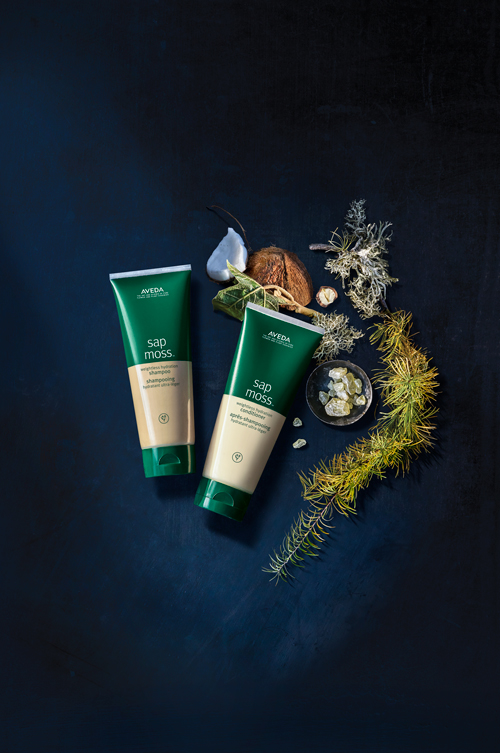
The Importance of Color Retouching
As most of our readers already know, Studio Eight is located in central Minnesota. This past winter, Minneapolis was inundated with an extraordinary amount of snow. So, needless to say, everyone is looking forward to the color that springtime blooms promise. Luckily for those of us at Studio Eight, we are surrounded by color every day.
Our creative services studio specializes in photography, production, and design. As part of our production services, we dive deep into the world of color and color correction. Studio Eight is one of the last full-service color shops in Minnesota. Back when the concept of color correction first arrived on the scene, color specialty shops popped up throughout the Twin Cities. But as techniques changed and color correction shifted into the digital space, more and more color shops closed their doors for good. Now, companies tend to rely on printers to provide color correction services. But printers can only color correct images meant for print, right? So what about digital images? How can you be sure that the shoes you ordered online will be the color you expect unless those digital images depict the best possible representation of the actual shoe?
What consumers see onscreen doesn’t always match the actual product because of their individual screen settings, which is the most significant hindrance of digital color. But lighting and camera limitations also play a role. No matter where a photo originates, every camera has limitations, meaning it doesn’t always capture the brilliance as accurately as possible. Of course lighting plays a big role in this; whether the image is taken in broad daylight, a brightly lit studio, or in low-light conditions, the resulting color will reflect the lighting situation. Additionally, a digital image will often differ from the same photo used for print. That’s because printers use the CYMK gamut, whereas digital color uses the broader RGB gamut.
Hopefully you’re beginning to see the challenge here: How are companies supposed to ensure consumer satisfaction if the color that’s depicted in an image differs from the actual product? Furthermore, what happens if the color shown in that digital image is poorly represented in print? This is where bad product reviews are born.
Because color plays such a critical role in artistic vision or in consumers’ buying decisions, it’s important that companies display the best representations of their actual, physical product. And that is where our color correcting team comes into play.

Clients like Aveda, Red Wing, and Polaris, carry many different products, some of which differ only slightly in color. Take Red Wing shoes for example: a customer wants to know if the leather boots are more brown or red. That slight color differentiation impacts the buyer’s decision. And for a health and beauty company like Aveda that focuses on color for the body, face, and hair, color is critical for buyers to get the proper shade.
Our color experts pride themselves on the ability to enhance and improve images for both print and digital spaces while ensuring that print colors are matched as closely as possible to the colors that appear digitally. And of course they do so while matching the colors in the image directly to the object itself in a well-lit space, striving to ensure that the depicted object is the exact same color as the real deal.
We don’t take color lightly around here, and we use advanced tools to ensure that the colors that appear on-screen and in print are as precise as possible. To start, we color calibrate our monitors with a meter that measures on-screen color accuracy. We use the X-Rite Display Pro to calibrate our displays, thus allowing us to provide clients with top-notch color.
But it’s not just our screens that are calibrated to industry standards. The walls of our color department are painted a standard shade of white, and we use 5000K light bulbs in our light booths and in the color department as a whole. Five-thousand Kelvin light bulbs produce a stark white light, as opposed to fluorescent or even yellow.
It should also be mentioned that two of our color experts each have 40 years of experience working with color and photo retouching. Even without the professional tools we have at our disposal, their experience alone puts Studio Eight above the rest.
Whether clients need to match color to a physical swatch or sample, or they’re looking to make a cloudy day sunny, Studio Eight excels in all things color. We live in a digital world full of bold, bright hues, making color accuracy more important than ever. We encourage clients to consider color correction to truly help bring their creative visions to life.